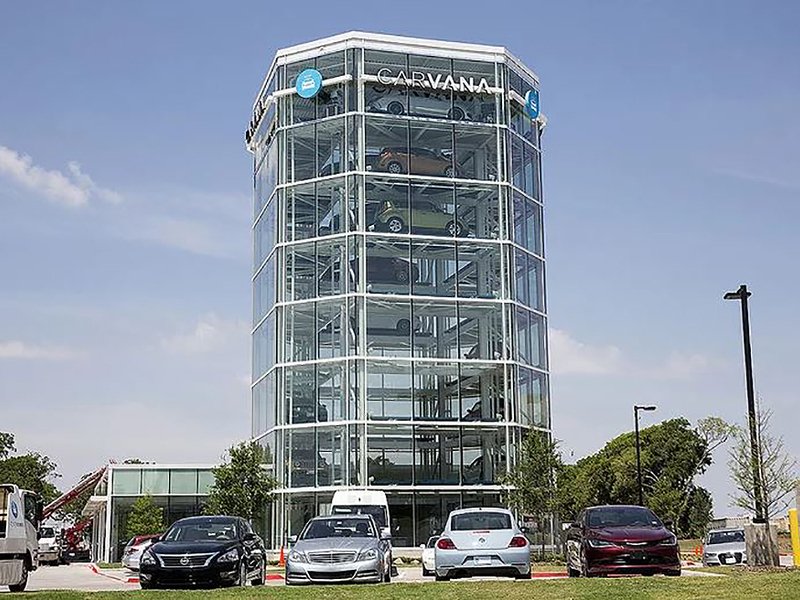
Editor’s note: An earlier version of this story did not correctly attribute a statement made by CFO Mark Jenkins. The attribution is now correct.
Used-car retailer Carvana Co. posted a relatively sharp recovery in the second quarter after getting hit by the coronavirus pandemic, but now it faces constraints similar to those of its traditional peers.
Carvana on Thursday said revenue grew 13 percent to $1.12 billion in the second quarter. Retail sales rose 25 percent to 55,098. And the company’s net loss increased 66 percent to $106 million.
Carvana said in a letter to investors that its sales rebounded in late April, with a growth rate of about 40 percent later in the quarter after recovering from low activity resulting from the pandemic.
One silver lining of the outbreak for Carvana: It has moved more consumers to shop for cars and trucks online. It also led more traditional retailers to more swiftly adopt an online retail platform.
“Suddenly, buying cars online is becoming normalized,” Carvana CEO Ernie Garcia said Wednesday evening in an earnings call. “This is a big deal.”
Carvana shares surged 20 percent to $210 in midday trading on Wall Street, giving the company a valuation of about $36 billion.
But Carvana also is suffering from the same woes many of its traditional counterparts face: low inventory. The company had 5,914 retail-ready vehicles on hand at the end of the second quarter — its lowest level since the third quarter of 2018.
“We believe our current inventory is meaningfully limiting sales, making growing inventory our top company priority,” CFO Mark Jenkins said.
Meanwhile, Carvana hit a new milestone in July, buying 100 percent as many cars from customers as it was selling at retail.
Carvana expanded to 100 additional markets during the quarter, most of which were adjacent to existing markets, giving it a total of 261 at the end of the period and coverage of about 73 percent of the U.S. population. The retailer also opened its ninth inspection and reconditioning center, located in Columbus, Ohio, in the quarter. And it competed two equity offerings, raising $1.06 billion in net proceeds.